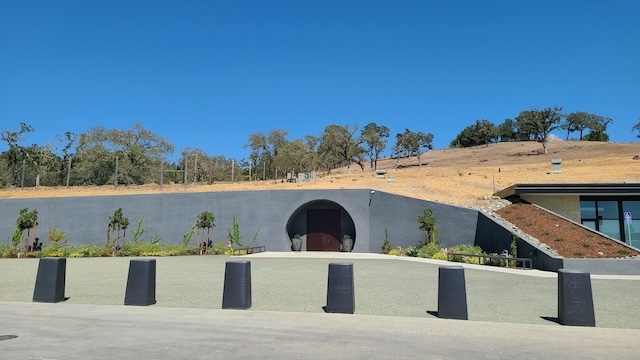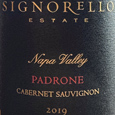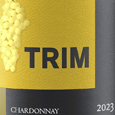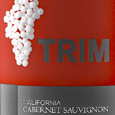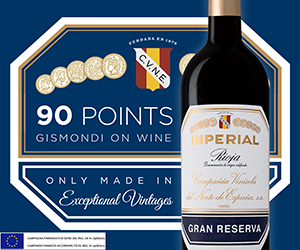After wildfire decimated his Napa winery, Ray Signorello Jr has gone underground.
After wildfire decimated his Napa winery, Ray Signorello Jr has gone underground. It was not long after we last spoke with Signorello, a West Vancouver native and the owner of Signorello Estate Winery in Napa Valley, that his his winery burned to the ground in minutes during the infamous Atlas Wildfire of 2017, which destroyed 783 structures, damaged 120 structures and caused six fatalities.
Since then, Signorello has endured the indignities of dealing with tone-deaf insurance companies, a worldwide pandemic, and the strictest building codes on the continent, only to come out stronger on the other side of a reconstruction project that has resulted in the next iteration of Signorello Estate Winery, a facility he thinks is Napa Valley’s first 100 per cent fireproof property.
Ultimately, the insurance companies involved only covered 25 per cent of Signorello’s losses. Still, he is back in the game with a high-tech winery, albeit invisible to anyone driving along the Silverado Trail. Signorello has gone underground, constructing a cave winery that, unlike typical Napa caves, will house his wines at the perfect temperature and accommodate a state-of-the-art, fully functional underground production facility.
As you head up the long driveway toward the former winery, there is no trace of the reconstruction save for a pair of “cellar” doors carved into the same hillside the fire raged down, wiping out the family estate in little more than moments. The new design is eerily futuristic, featuring automated air intake louvres designed to detect fire or smoke and close automatically, allowing the heavily insulated cave to remain at 15-16 C. Inside an oxygen circulation system, solar power and batteries will keep the winery and its personnel safe and able to work unabated for 36 hours.
While the cost to rebuild has been outrageous, the fireproof property is designed to last for generations. Interestingly, the traditional Angel’s share, in which a barrel above ground loses 12 bottles per year to evaporation, will be reduced to three bottles per barrel underground. At US$100 to $300 per bottle, those savings will be significant over time.
With the 8,300 square foot winery up and running, stage two underground will include 11,431 square feet of fully refrigerated, insulated, waterproof underground cave serving production, storage, and hospitality needs. The area will house a private wing for hospitality, featuring Ray Jr.’s library of the 2,000-plus bottles he has collected over the past 40 years and Signorello’s extensive inventory of library wines, including large-format bottlings.
As devastating as the fires were at Signorello, the 35 to 40-year-old vines were untouched. Old vines with low yields are the base of any great winemaking, so Signorello and crew will be back at it underground, further aided by some of the fanciest equipment on the planet, pursuing an unwavering commitment to making exceptional wines.
The Signorello style is a far cry from classic Napa Valley. Raised on some of the finest wines worldwide, Ray Jr. has always been committed to the less-is-more winemaking style. His cabernets reflect his mantra of focusing on finesse and elegance over power and rich fruit flavours, as does the current superstar winemaking and viticulture team, including Celia Welch, Michael Costley, Steve Mathiasson, and Priyanka French (currently on maternity leave).
Aside from the Signorello Napa lineup, other Signorello ventures include the highly affordable entry-level Trim labels, and an Alexander Valley cab labelled Edge. Both are made with the same detail and styling, making them as valuable as the superstar Napa labels.
In our weekend picks, we examine several Signorello wines sold across the country, ranging from $25 to $300-plus. Most high-end labels are sold in private wine shops and restaurants, except for Edge Cabernet Sauvignon and Signorello S, now sold in B.C. liquor stores.

 quicksearch
quicksearch

